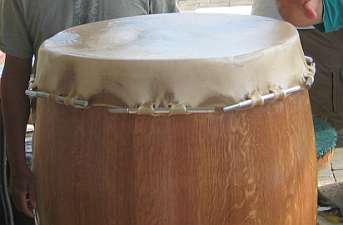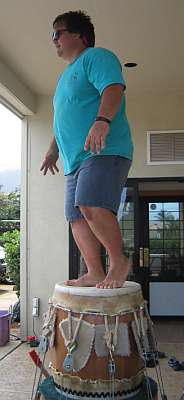 | |||||
 Introduction Introduction
|
 History History
|
 Process Process
|
 Thank Yous Thank Yous
|
||
|
The Second Stretch
| |||||
|
Drum manual written by Alix Koyama and Dylan Solomon. Please visit the Acknowledgements page to see the many people who helped us with this project. | |||||


